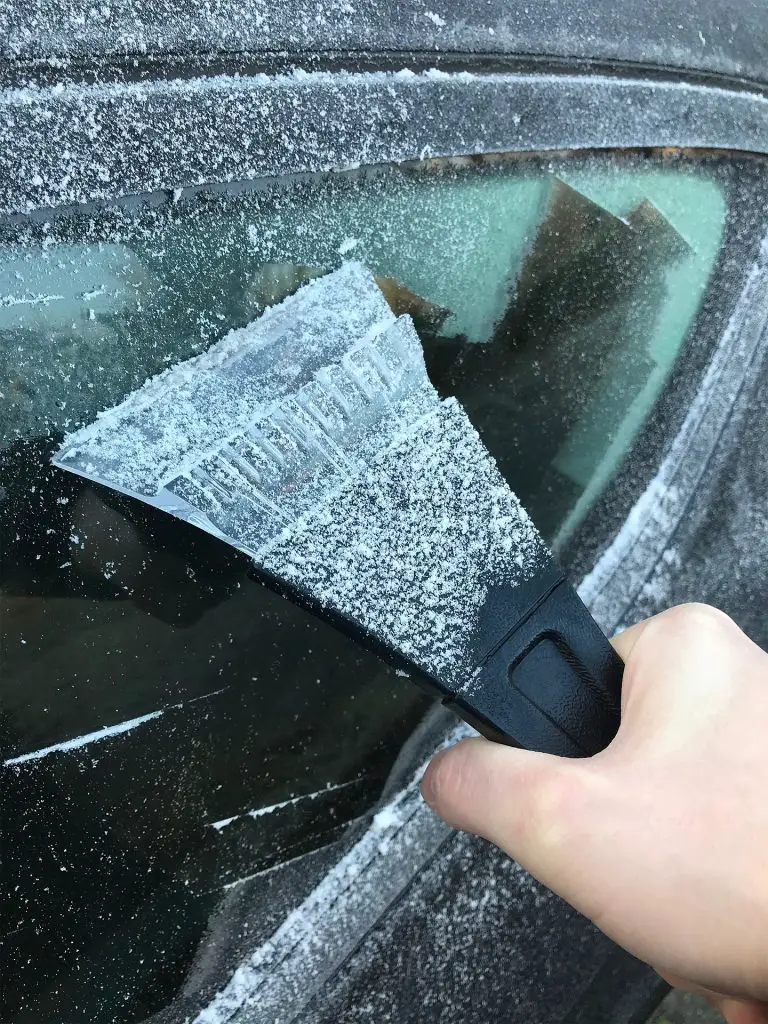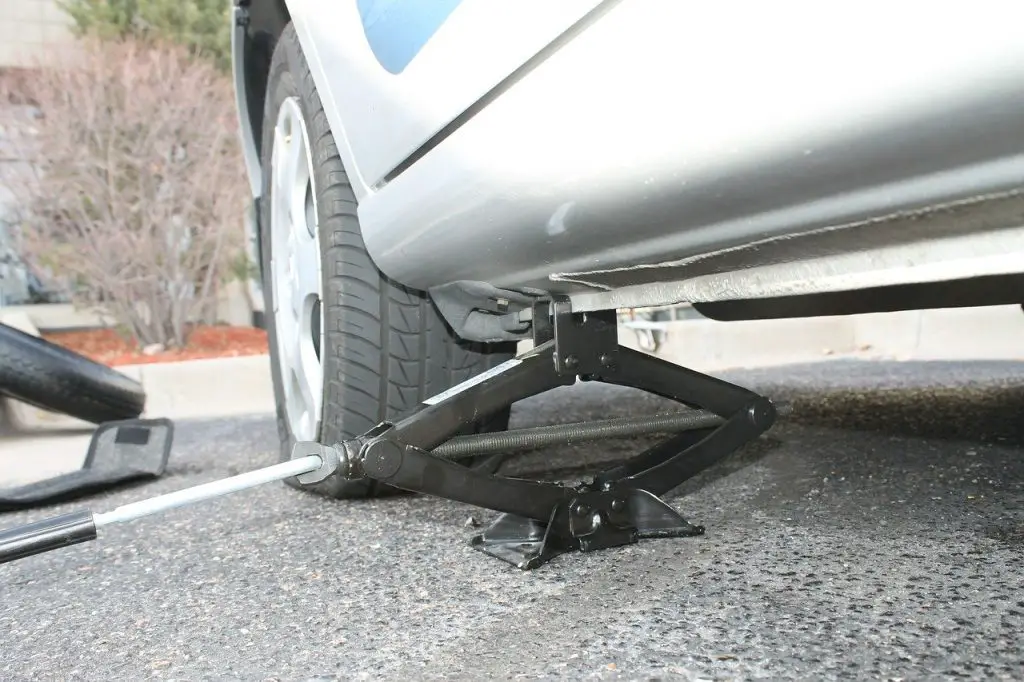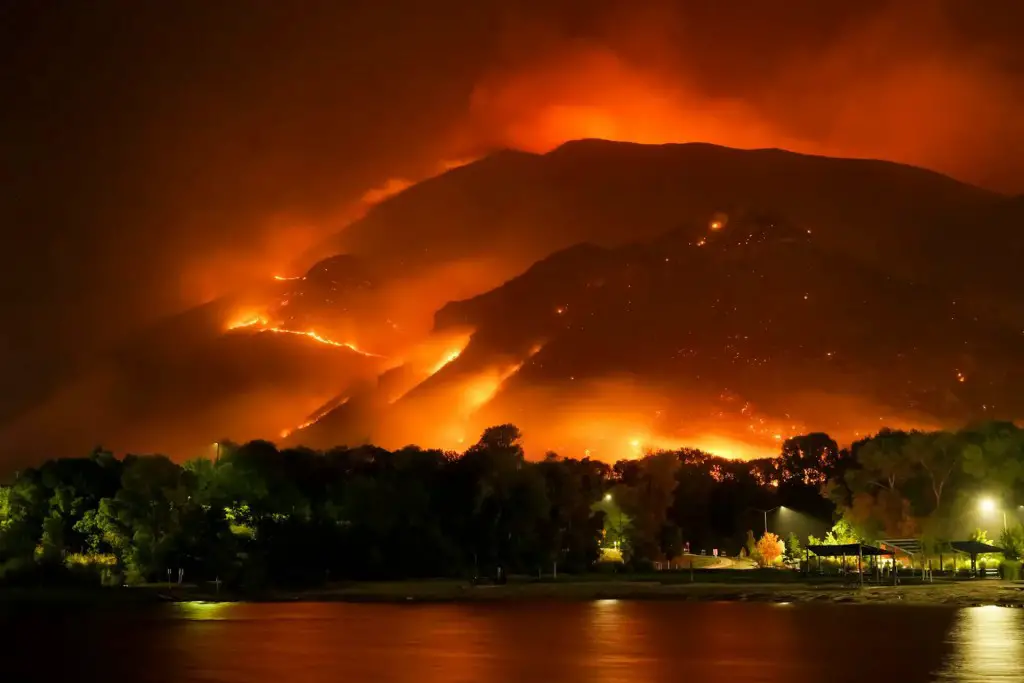
Planning on taking a drive to visit some of the must-see sites in Michigan’s Upper Thumb? When it comes to safety on the road, we should all have an emergency car kit. To decide what to put in your kit, you need to consider the weather in your area (here in Michigan, we know it will often be cold and snowy!) and what items will suit your family’s needs.
Being Prepared for An Emergency
Your car emergency kit list should be divided into three separate areas. These include (1) items you keep accessible in your car, (2) emergency items for an auto breakdown—I keep these in the compartment with my spare tire, and (3) emergency items to take with you if you have to abandon your vehicle on the road. I suggest packing the third group of items in a backpack with multiple compartments to make it easy to carry.
Aside from your emergency kit, you should always travel with a fully-charged cell phone and always keep a car charger in your vehicle. If you don’t have a smartphone with GPS (or a GPS integrated into your car), consider buying a stand-alone unit. And, when you live in Michigan (or any other cold, snowy climate), ensure you have snow tires (or chains) to put on your car in the autumn. Refer to the National Highway Traffic Safety Administration for comprehensive vehicle safety tips.
11 Items to Keep Accessible for Any Emergency Kit
- Small tool kit. This can include a multi-bit screwdriver, scissors, pliers, box cutter, tape, and Allen wrench.
- $50 or $100 in small bills, hidden in your center console. If you’re stuck and need food or a hotel room, this stash could be a lifesaver!
- Tire pressure gauge
- Several bottles of water
- Ice scraper and snow brush
- Adhesive bandages and antibiotic cream
- Flashlight with extra batteries or a hand-crank model
- Umbrella and rain poncho
- Extra medication if you have a medical condition and rely on prescriptions.
- Extra hats, gloves, scarves, and earmuffs (or 180s)
- Car safety hammer and seatbelt cutter. This item is one you’ll want to have within arm’s reach. Some models feature velcro straps for easy attachment.
Always check the current weather conditions on Weather.com or the National Weather Service before a road trip.
What To Do If Your Vehicle Breaks Down
If your vehicle breaks down, you should first ensure your own safety and the safety of other road users. Try to maneuver your vehicle to a safe location, such as the shoulder of the road or a parking lot. If the vehicle is unmovable, turn on your hazard lights to warn other drivers of your presence. Call for professional help, either roadside assistance or a tow truck, and wait inside your vehicle for them to arrive.
Suppose you have a basic understanding of car mechanics. In that case, you may attempt to diagnose and possibly fix the problem but avoid doing so if it does. AAA offers valuable roadside emergency tips, including what to do in case of a vehicle breakdown. It puts you in a dangerous situation, such as standing on the road in heavy traffic.

11 Car Breakdown Items
- Fire extinguisher
- Three reflective warning triangles. Most kits come with one, but you should have three of them to place at 50-foot intervals to warn of oncoming traffic.
- Emergency flares
- Foam tire sealant
- Spare tire, tire iron, and jack
- Jumper cables (the longer, the better)
- Tow strap rated to tow 6,000 pounds
- 550 Paracord. It can be used for just about anything.
- I have assorted bungee cords. These are great for a loose bumper muffler or for tying your trunk down.
- Shovel
- Cat litter. If you’re stuck, cat litter works as well as sand to give you traction in icy conditions, but it’s much lighter.
- Ice fishing supplies. If you get stuck near a lake in the winter, what better way to take your mind off the fact that you’re lost? (That’s a joke, although you certainly could bring them along if you’re so inclined.)

Fleeing A Catastrophic Event Like a Hurricane

Fleeing a catastrophic event like a hurricane is a stressful and frightening experience. You must act quickly, gather essential items, secure your home, and find a safe place to shelter. This event shows how life can change suddenly, forcing you to prioritize survival.
11 Items for A Mobile Emergency Kit
- Hand crank flashlight with NOAA radio and USB port. This is a great multi-use tool that will allow you to hear emergency broadcasts, weather forecasts, and to charge your cell phone in the event that your car charger won’t work.
- First aid kit and first aid manual
- Duct tape. Astronauts take it into space as a multi-use tool, so you should take a roll on the road!
- Multi-purpose tool
- Space blankets. These are compact and lightweight, so you might as well pack a few.
- Non-perishable snacks. I keep protein bars in my pack and check them every 6 months or so to see if they need to be replaced. The chocolate-coated ones are fine in cold weather months, but avoid having these in your car in the summer!
- Waterproof matches/lighter/long burning emergency candles. These are staples in any emergency kit and can be used to start a fire, provide light, and even boil water.
- Maps and a compass. Of course, you’ll need to know how to use them. There are a number of online tutorials available if you need to brush up on your map and compass skills. Here’s a quick tutorial on how to read a map, and one on how to use a compass.
- Loud whistle or air-horn. These can act as a beacon to help emergency workers find you if you’re lost or injured. Keep several whistles on lanyards in your pack, one for every family member.
- Glowsticks. Not only will these amuse the kids, but they can also help you to keep track of your family in low-light situations.
- A pack of cards, travel-size games, or a paperback book. If you’re in a situation that you have to wait out, this can alleviate the boredom.
The American Red Cross offers detailed guidelines on emergency preparedness, which is especially useful in harsh winter conditions.
11 Item Car Emergency Kit List
When it comes to road safety, a well-prepared car emergency kit is essential. Here’s a list of items you should consider including:
- First Aid Kit: A comprehensive first aid kit that includes bandages, antiseptics, and pain relievers.
- Fire Extinguisher: A small, compact fire extinguisher suitable for automotive use.
- Jumper Cables: At least 10 feet in length and coated with at least 8-gauge rubber.
- Tire Repair Kit: Includes a tire pressure gauge, tire sealant, and a portable air compressor.
- Flashlight: Preferably a LED flashlight with extra batteries.
- Multi-Tool: A Swiss Army knife or a Leatherman tool can be incredibly useful.
- Blanket: A thermal blanket can keep you warm in cold conditions.
- Water and Non-Perishable Food: At least one gallon of water and food items like energy bars.
- Road Flares or Reflective Triangles: Useful for signaling for help.
- Car Charger for Your Cell Phone: Ensure you can call for help if needed.
For more information on how to prepare an emergency car kit tailored to your specific needs, check out this guide from the Department of Homeland Security.
Dealing With A Long-Term Emergency – Wildfire, Earthquake

Dealing with a long-term emergency such as a wildfire or an earthquake involves meticulous planning and preparedness. It is important to familiarize oneself with the risk factors and warning signs associated with these natural disasters. An emergency plan should be in place, including evacuation routes and communication strategies.
Adequate supplies of food, water, and other necessities should be stored in an accessible location. It’s also essential to have an emergency kit with items like flashlights, batteries, a first aid kit, and any necessary medications. Always stay informed about the current situation through reliable news sources and heed the advice of emergency officials. It’s crucial to prioritize safety and be ready to adapt as circumstances change.
10-Item Vehicle Survival Kit List
A vehicle survival kit is a bit more comprehensive and is geared towards keeping you safe for an extended period.
- Portable Water Filter: In case you run out of bottled water.
- Tent or Tarp: A small tent or tarp can provide much-needed shelter.
- Extra Clothing: Including moisture-wicking undergarments and an extra pair of boots.
- Hand-Crank Radio: To stay updated on weather conditions and emergency broadcasts.
- Solar Charger: For your electronic devices.
- Cash: At least $100 in small bills.
- Local Maps: Because you can’t always rely on GPS.
- Compass: To help you navigate using the maps.
- Signal Mirror: Can be used to signal aircraft or distant search parties.
- Fishing Kit: In a worst-case scenario, you might need to catch your own food.
For a more detailed guide on survival kits, you can visit Expert World Travel.
Specialty Items
These are things that you may need, depending on your family composition. If you have a baby, you might want to keep some extra diapers, diaper rash ointment, baby wipes, and canned or powdered formula stashed in your car. If you regularly travel with a family pet, have an extra leash, some sealed dog (or cat) food, and a collapsible pet bowl in your car. FEMA provides a comprehensive list of items for a disaster supply kit, which can be adapted for your car.
Be Prepared for Any Contingency
A well-stocked car will save you a lot of hassle down the road! You can learn more about preparing an emergency car kit tailored to your specific needs from the Department of Homeland Security and the DMV websites. We also have tips on getting your car ready for the winter.
Final Thoughts On Making An Emergency Car Kit
Creating a comprehensive emergency car kit is not just a one-time task; it’s an ongoing commitment to road safety. Regularly check the items in your kit for expiration dates, wear and tear, or technological obsolescence. For instance, if you’ve packed a first aid kit, make sure the antiseptics and medications haven’t expired. If you’re using battery-operated devices, such as flashlights or radios, check their functionality and replace batteries as needed.
Remember, the best emergency kit is the one tailored to your specific needs and the conditions you’re likely to encounter. If you frequently travel through snowy regions, items like a snow shovel and cat litter for traction are essential. On the other hand, if you’re in a hot climate, extra water and sunblock are a must.
The key is to be prepared for any situation. An emergency can happen at any time, and the more prepared you are, the better you’ll be able to handle it. So take the time to assemble your kit, educate your family on its use, and make regular updates. Your future self may thank you.
For more expert advice on crafting the perfect emergency car kit, consider visiting the Department of Homeland Security’s guide.
Related Reading for Michigan Travel
- 5 Ways to Get Your Car Ready for Winter
- How to Prepare for a Cold Weather Emergency
- Port Austin – Home of Emergency Ark
- Communities Call for State of Emergency as Great Lakes Water Levels Rise
- 3 Accessibility Testing Tools Small Websites Should Be Using
- 7 Gorgeous Michigan Day Trips on a Train




